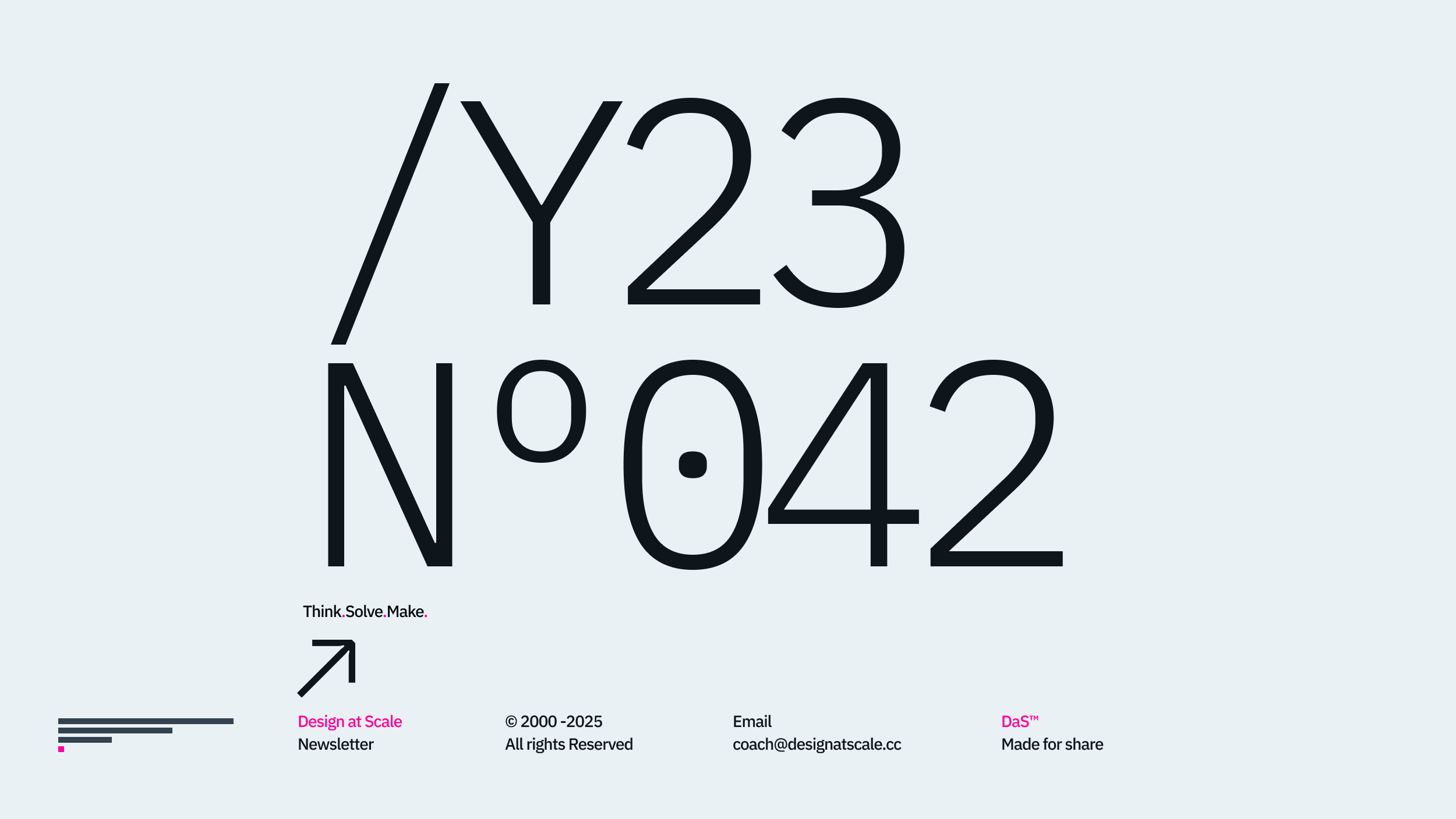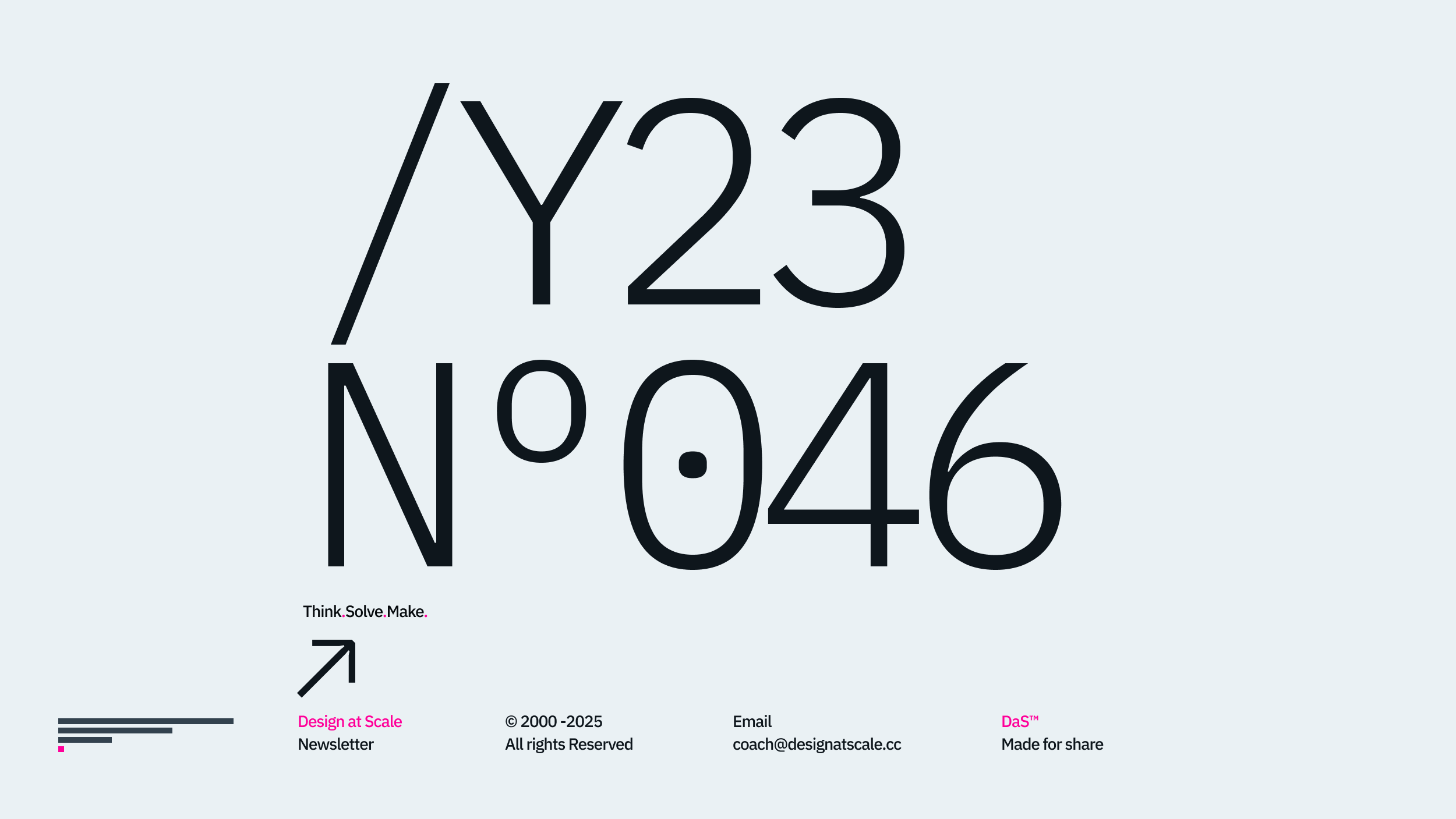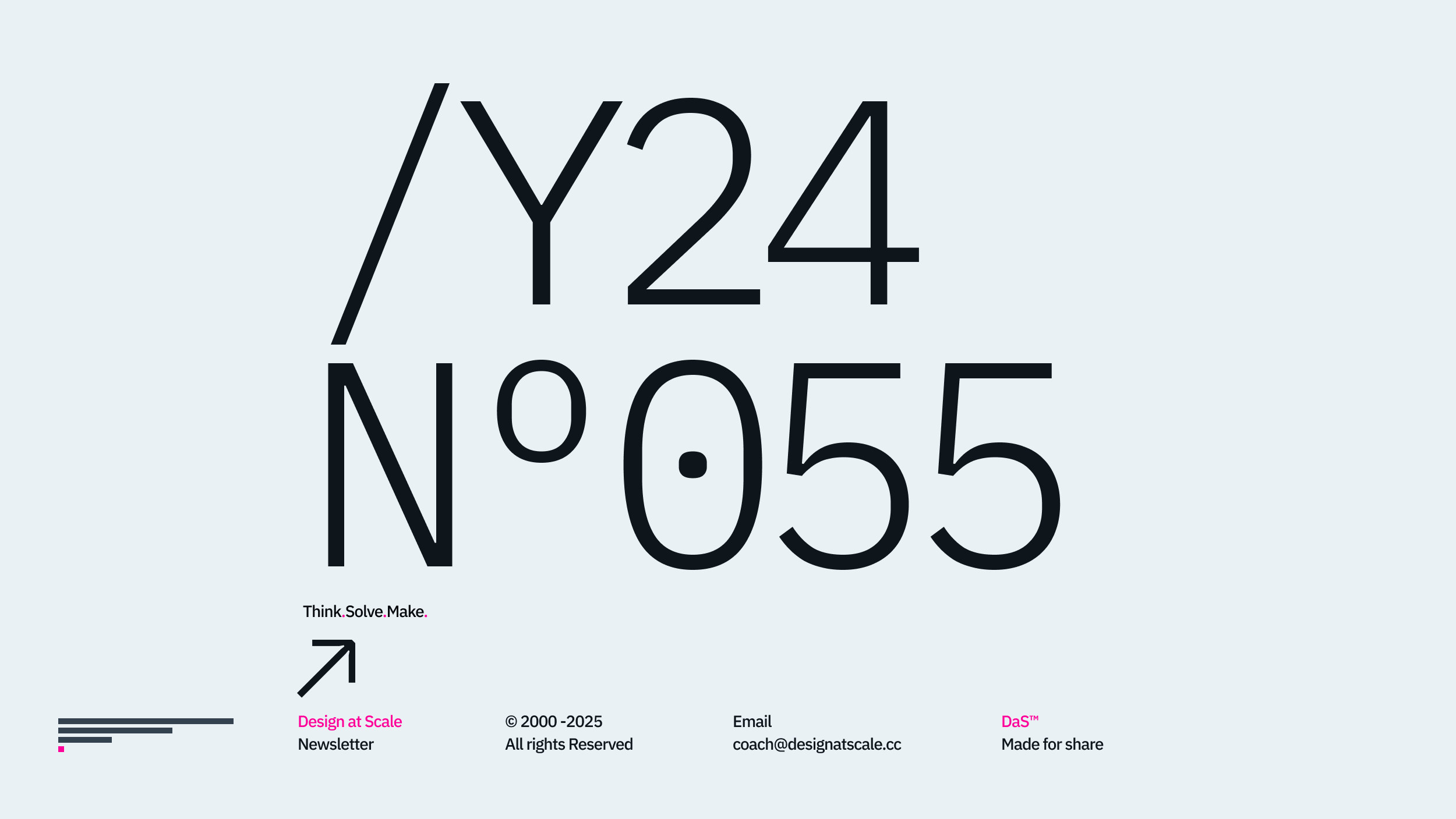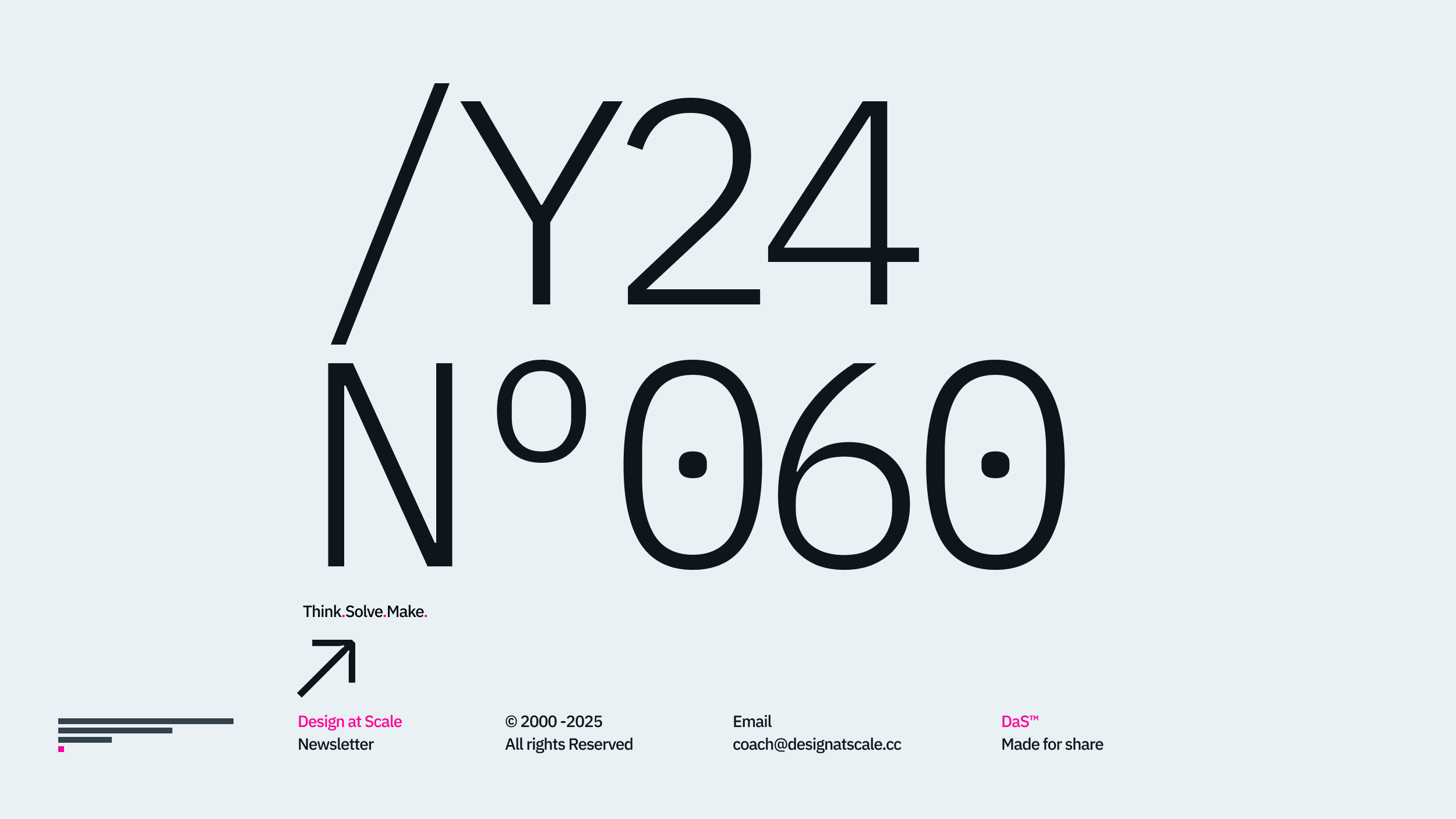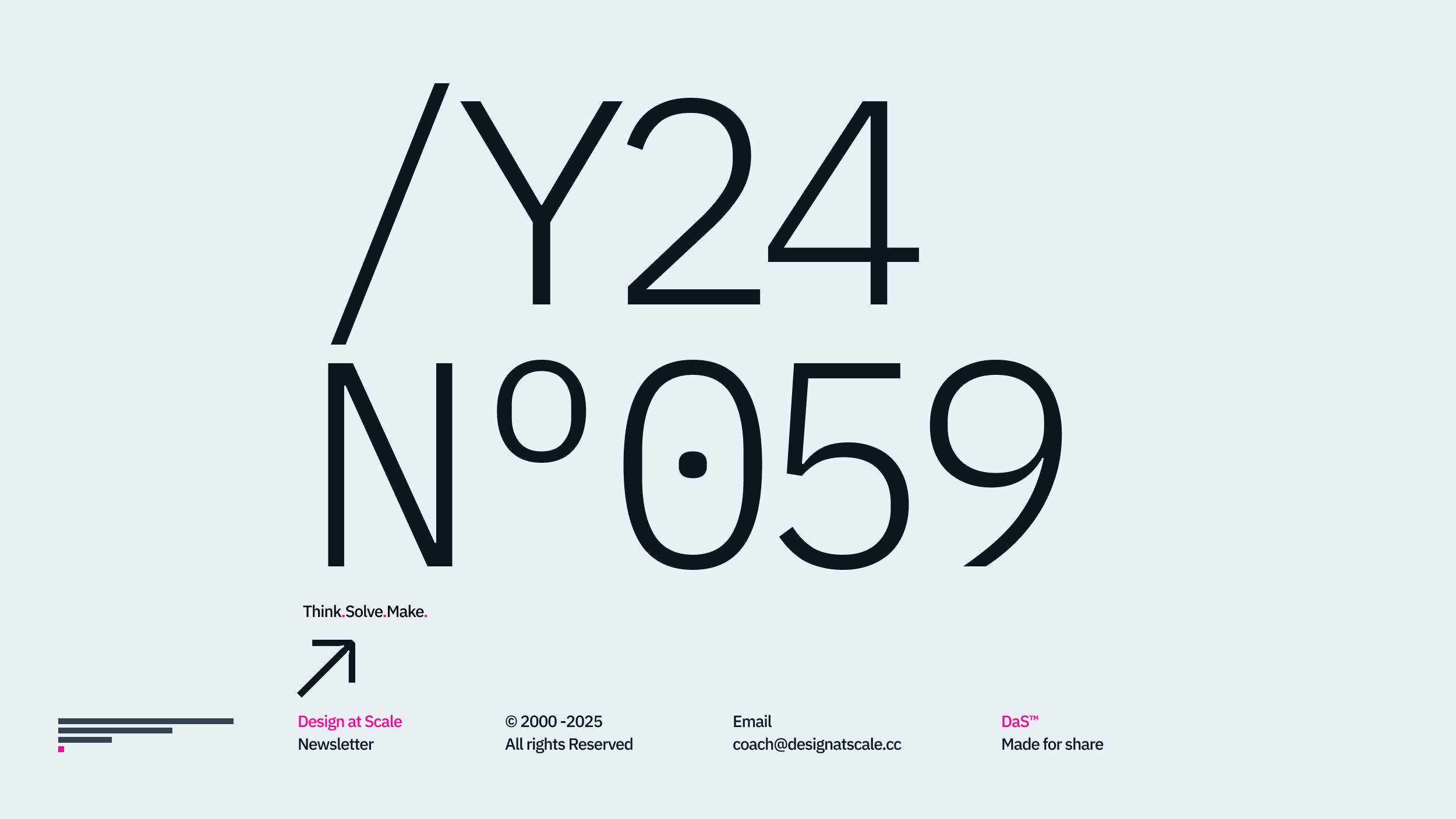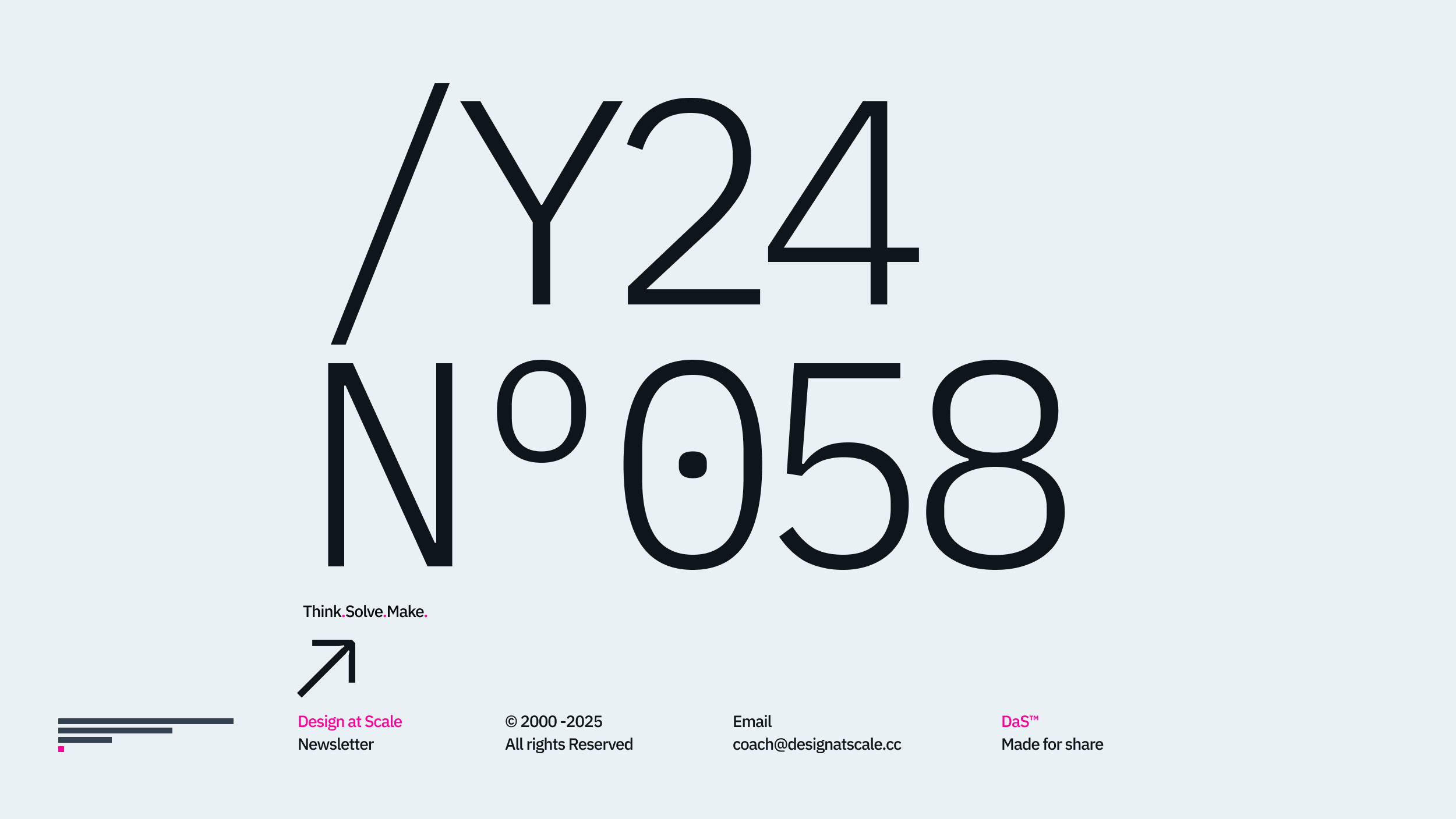Dear (none)Designer,
Welcome back to the seventeenth Design at Scale™ Newsletter – focusing on innovation and how design drives change in a large organisation or an agency.
We often hear that business decisions need to be documented outside of the product environment. While we, as designers and developers, often depend on business decisions, we are rarely exposed to these types of documents, so we recreate our own. To build the right solution for our clients, we replicate, and replicate, and replicate.
Why are we going to great lengths to implement all the necessary project management tools, such as SmartSheets, OneDrive, Outlook, Teams, and Slack, when the creation and measurement of the value proposition lies in Jira, Confluence and BitBucket?
It always strikes me how much effort goes into translating the briefs or project identification documents – PiD into actual user stories and tasks. Over the last two decades, I have carefully observed that the lack of transparency affects not only expectations, behaviour, and objectives but also significantly reduces the value of the product or service when ignoring a simple agreement called PID.
Considering that you are acting as an agency with client services, project management, allocation or resource director, senior project management, and building the proposition with a small team of designers and developers, you constantly end up reprioritising with five people that does not contribute to a final delivery. Not even mentioning whether the direction changes or adjusts to new requirements, everything needs to be recalculated and communicated again, when in fact, the design and development haven't changed.
This creates an unnecessary overhead that certainly serves the agency to charge more for their work, but does not necessarily deliver more quality work to the client. When we speak to agencies, they often argue that the cost is marginal and it's not necessary to involve an extra budget from the client. However, the latest learning from Agile-driven development shows that agencies overcharge by 60% on top of the actual cost of delivering the work. Not even mentioning that the bloated project also increases in length and delays the launch.
Empowering a self-organised team allows clients to have access to knowledge that, in many respects, is the foundation of all agencies' work. Recalculation and allocation management are performed quarterly and do not interfere with day-to-day operations.
A self-organised team has a fixed cost and an assigned deliverable within each month. The client can easily allocate and adjust the team based on the specified criteria and internal roadmap, which reflects the delivery in question. Whether there is a brief or not, the resource is used for one project or another.
On the other hand, Project management teams have to manage several briefs that constantly change, adjust, and require more details to be finalised and signed off, planned, allocated, and equally resourced before the work begins to de-risk the proposition.
Changing the Prince2 delivery to an Agile delivery, specifically for products and services, allows agencies to bill designers, developers, strategists, and marketing specialists while saving on client services costs.
This gives the client reassurance that they are buying "the knowledge" and not "the meetings".
Whether you are a client or a servicing agency, ensure that your operational budget for communication and ways of working never exceeds 10%; otherwise, your services, no matter how good they are, will not be seen as money well spent.
If you're in an agency, try to create and test a unit that can be deployed to any client for a fixed cost and operated on the client's premises, which allows you to charge on a monthly basis. More importantly, constantly deliver the value proposition that your agency stands for. While at the top, you deliver a client services strategy and marketing communications that show and set the direction for the future.
If you are a client and your agency is overcharging more than 35% on meetings, planning, replanning, roadmap, and ways of working, be aware that 35% your operational budget goes to non-deliverables. This means that you are cutting yourself off from UserTesting, QA or market research analytics on the products or services that you are so desperate to build.
Modern organisations invest in rigorous automated tracking systems that enable self-sufficient product teams to create services and deploy propositions based on the agency's direction. We called them "design integrators", and at this very moment, the Tokenise design system allows designers and engineers to discuss performance(which can be represented by the BitBucket or GitHub), and the communication is kept in one place, Jira, with documentation linked from Confluence.
For more information, please visit Designa at Scale™ – GRID Magazine, where you can find more relevant articles that reflect on hyper-performing teams and self-organising teams of one, teams of 10, and teams of 100 that deliver the value proposition within a product-led environment





